Hen told me about how she’d had to try and defend some very devastated clearfells in Salcey Forest in the East Midlands in the 1990s. Clearfells can look awful but there was more to these than met the eye: the Forestry Commission’s East Midlands forests – Northants District – were where some of the most ill conceived intensive forestry outside the Scottish Highlands was carried out.
Theoretical economics suggested conifers would do so much better than broadleaves that even growing young oak was poisoned to make way for Corsican Pine and Norway Spruce. The theory hadn’t reckoned with clays so heavy and wet they’d fought off farming for generations and weed growth like elephant grass. Ferocious chemical regimes did get trees going but when they got to 3 or 4 metres they started to rock, swaying from side to side, as the clay expanded and contracted with the seasons.
The FC’s attempt to create Kielder in the Midlands limped on, expensive and unproductive, until the early 1990s when even the limited promise of hard-won conifer crops was shattered: the Norway spruce simply started to die en masse, probably the result of drought.
The decision was taken to fell it all. It was those fellings that produced a mess that made even hardened foresters hearts sink as huge areas full of dead trees were felled regardless of any previous landscape plans. The successor crop did address the issues to an extent: planted Oak and a Scots pine nurse, with the objective of returning eventually to oak. The planted trees looked and felt unhappy: tiny and struggling, they were surrounded by verdant growth only held at bay once again by frequent doses of chemicals. It cost a fortune and simply didn’t feel right but it fitted the conventional forestry model. That was until the first Forestry Stewardship Council certification inspection.
Simon Pryor, one of the inspectors, pointed out that actually the Norway spruce were recovering and questioned the whole validity of the replanting. To be honest, it was the opening I’d been waiting for. Apart from the expense, it was increasingly clear that dosing the sites with herbicide wasn’t a good start to restoring ancient woodland ground flora: as Keith Kirby of English Nature put it ‘I don’t mind you planting Poplar at wide spacing, but could you please stop killing what you say you’re trying to restore ?’ – a penetrating and helpful comment.
Overnight FC changed tack completely: planting stopped and switched to natural regeneration. It was very uncertain how it would work and from the start it was recognised there would almost certainly be large areas where no trees grew. In fact, it was hard to imagine trees breaking through the ferocious weed growth at all. Our objective was simple: to re-establish as far as possible a native tree canopy. Restoration of the ancient woodland was the first objective, timber production a long way behind.
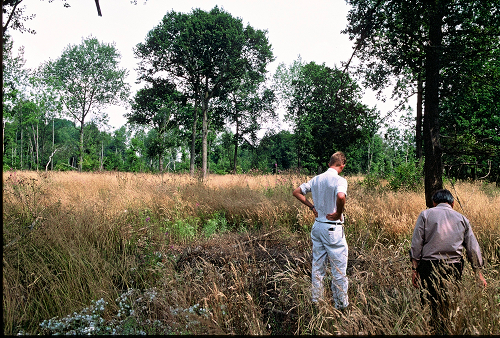
Surveying the devastation after FC decided to change tack completely and go over to natural regeneration
In the process the rationale of these woods was re-thought completely: trying to do upland, extensive forestry here clearly didn’t work. A heavily populated area, the intensity of arable farming means the surviving woodlands are a particularly vital resource for walking and nature. So the ancient woodland project was born, a community approach that led off in unexpected directions.
The most exciting was a major archaeological survey. In these small undamaged areas in a very heavily farmed landscape surprises kept coming from undiscovered Roman remains to the ruins of medieval hunting lodges. A few years earlier Red Kites had been reintroduced and now they became a focus, with CCTV relays from the nest to the FC centre at Fineshade, at this stage simply an elegant old barn. In time the project led to funding and the re-development of the centre in partnership with RSPB as a major new visitor attraction.
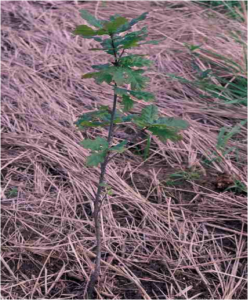
It came as a real surprise that tiny Oak like this were able to fight their way through ferocious grass competition
Restoring Fermyn Woods has resulted in the best place in Britain for Purple Emperor Butterflies.
Salcey, of course, is one of these woods.
But what about the trees and their environment ? There are places where nothing has grown – that was expected – but the miracle is how over so much of the area trees have broken through, and they are trees to please both forester and conservationist. It’s Ash that thrives best, followed by birch.
The best Ash are rocketing straight up, destined to be as good for timber as they are for completely restored ancient woodland. Its not just the trees: these impossible soils, left to themselves, produce a quite staggering wealth of growth and of wildlife.
I know it sounds a bit new age, but the longer I’ve gone on with forestry the more I’ve done it by ‘feel’. Part of that is how the trees are and the trees FC were planting were some of the most miserable, unhappy trees I’ve ever come across. You could tell it wasn’t right just as many of the foresters who were forced to poison Oak in the name of economics were deeply unhappy even at the time. The trees that are growing now just have a vigour and rightness about them that tells you they should be there. They are quite simply happy trees.
And I’ll just have to hope Gabriel Hemery speaks up for me when the Institute of Chartered Foresters come in their white coats to take me away ! Except that, in reality I just hope most foresters understand what I’m talking about – you see it with Continuous Cover where some colleagues work hard to fit a form of woodland management that must always have a high degree of ‘feel’ to it back into the neat box of spacing, yield tables and so on.
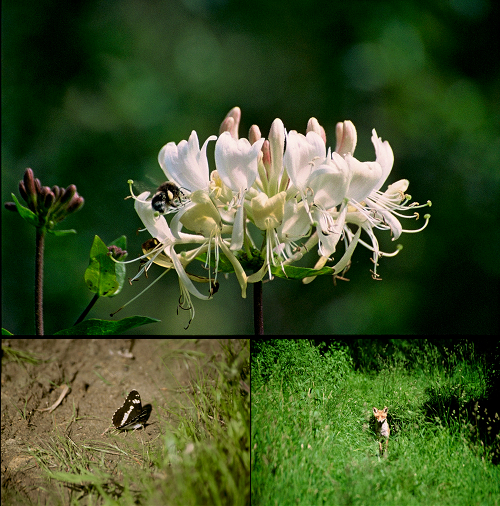
Some of the rich wildlife of the restored ancient woods of the East Midlands – Honeysuckle, a symbol of the growth of a wide range of native vegetation, a White Admiral Butterfly and a young fox.
Walking in Salcey last year in the spring the sheer density of the bright green walls where once conifers had languished and been felled was staggering, far better than we could ever have hoped for when we set out into the unknown with the ancient woodland project.
Salcey has gone one step further: it has the Treetop Walk where you can climb up above the trees and look over the surrounding landscape. There’s a reminder of what has went before: Scots Pine below your feet, outgrown by the surrounding, native broadleaves that have overtopped them and shaded them out.
Climb the gentle gradient till you come to the final tower poking out through the tree tops. An amazing way to get a new angle on these stunning woods, coming back from the darkness of their brief brush with coniferisation into a new, rich exciting natural environment. The foresters are happy too – thanks to the rocketing popularity of firewood the previously worthless small broadleaved trees the conifers were meant to replace are now worth more every year. That means management, providing the young stages loved by butterflies and many small birds like migrant warblers and NIghtingales, can go ahead at a profit ensuring the future. And that, of course is how these woods developed in the first place – a complex mix of nature and human intervention working together to create something quite unique – England’s ancient semi-natural woodlands.
Roderick Leslie
Retired head of policy at the Forestry Commission, Rod worked for the FC for over 35 years. In his time as a forester, he not only worked in Field management & Conservation policy but was also the commission’s Private forestry & Environment officer for the South and West of England.
Rod is a keen ornithologist and expert on the critically endangered Nightjar. His book ‘Birds and Forestry‘ (co-authored with Mark Avery, ex-RSPB Conservation director), is acclaimed as a step toward sustainable forestry planning. Tackling the issues between forestry and nature conservation.Rod is a founder member of Our Forests!




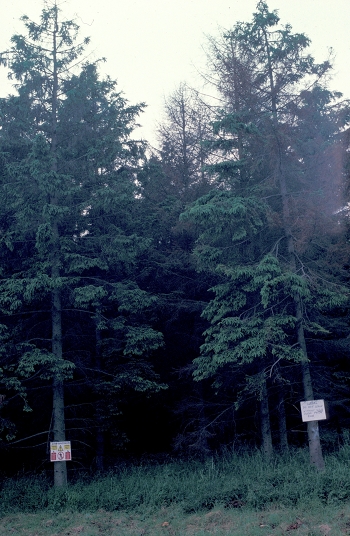
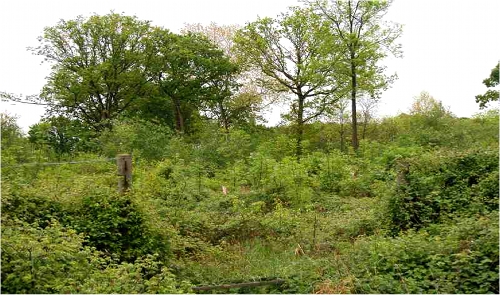
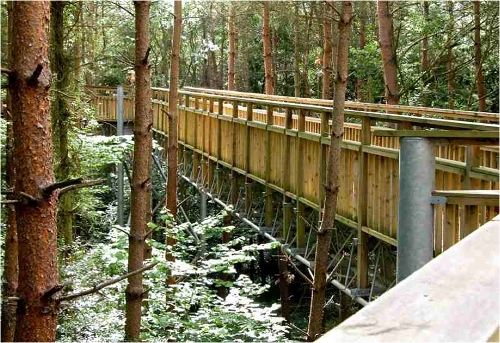









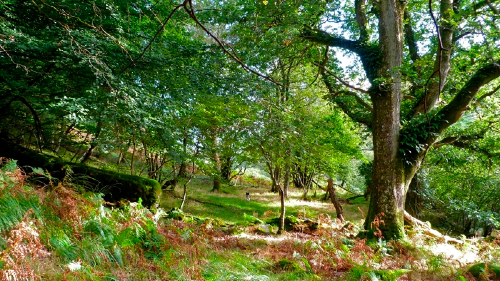
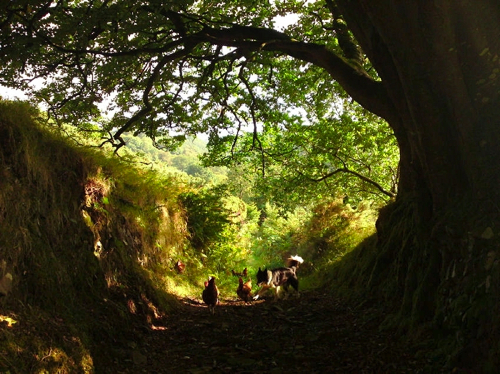
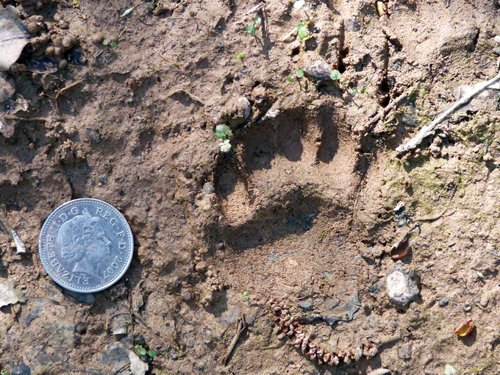
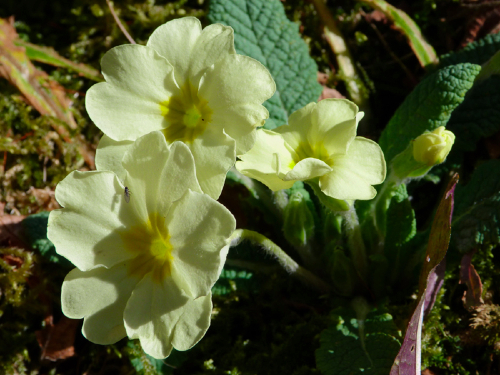

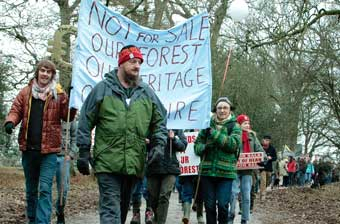

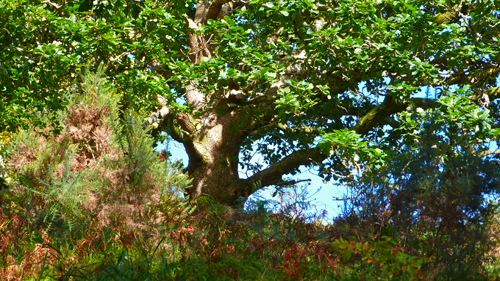
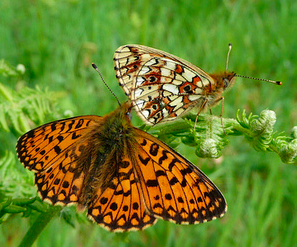
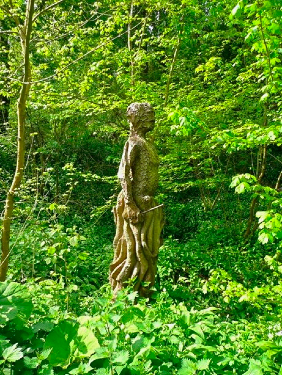
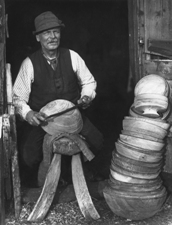



Hi,
I have been walking in Salcey Forest 4/5 times a week for the last ten years and today I saw for the first time ever a Purple Emperor butterfly. I thought maybe it was just a one off blown from elsewhere until I saw three more on the same walk in different areas of the forest. I have never seen one before and never seen any mention of them in Salcey Forest in any of the literature/articles I have read.
It would appear that the Purple Emperors have colonised Salcey Forest.
Thought you might be interested in knowing this.
Mike Taylor
Oh Mike, that is fantastic news! Thank you for sharing it with us. Have you let the local forester know? I was just saying this morning that I’d love to see a Purple Emperor, so you’re very lucky.
Thanks again!
Hen